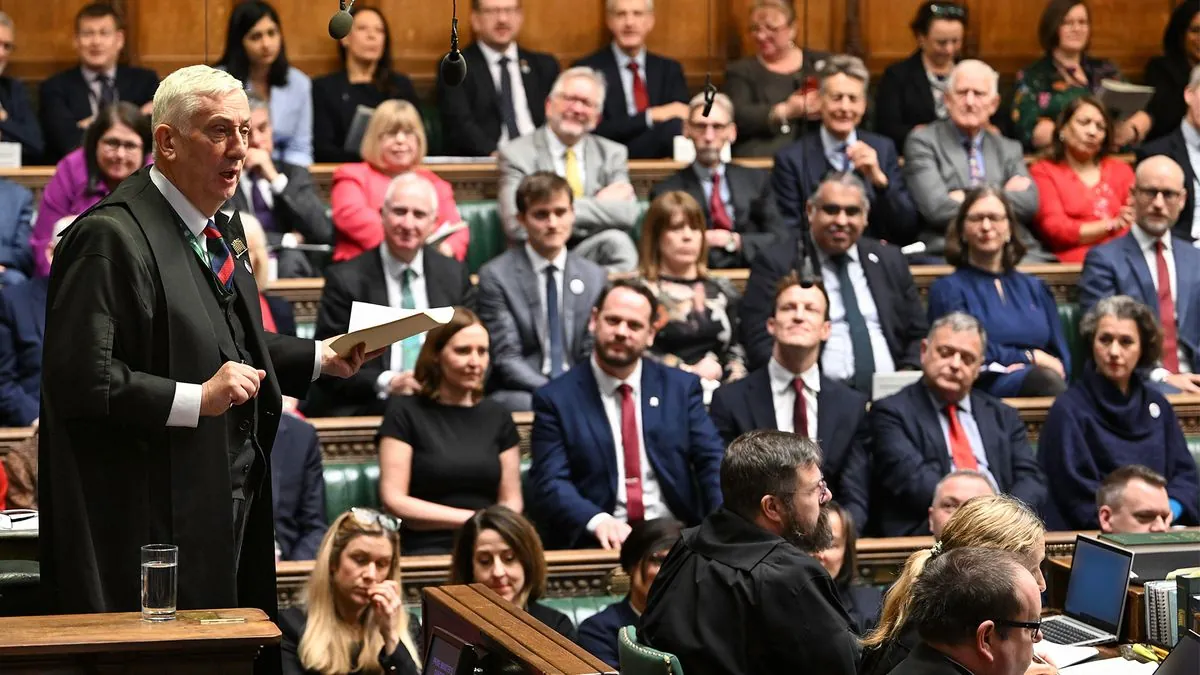From awkward starts to leadership: What history teaches new Conservative chief
A new Conservative leader faces familiar challenges in British politics - high taxes and big government. Historical patterns show how past leaders dealt with similar obstacles in their path to power

Back in late 70s Margaret Thatcher had a rough start with her first televised PMQs; her performance was cold and stiff (as noted by Jim Callaghans policy chief)
A team of experts - Gordon Reece‚ Tim Bell‚ and Alistair McAlpine - helped reshape her image‚ while the Saatchi brothers made their mark with that famous “Labour Isnt Working“ ad campaign. About a year later she won big against a tax-heavy Labour government
Now Kemi Badenoch finds herself in a similar spot. Like her predecessor sheʼs up against a Labour party thats all about tax-and-spend policies; many of them are making the same mistake of under-estimating a female opponent
The timing is different though - there wont be an election for about 4 years (unless something really weird happens). This gives Badenoch time to work on her long-term strategy even though todays non-stop media wants quick sound-bites
The numbers dont look good for Labours big-state plans: both the Office for Budget Responsibility and Institute for Fiscal Studies are raising red flags. Plus theres that whole trust issue when politicians say one thing pre-election and do another. Theo Paphitis - a Labour supporter himself - points out:
taxing doesnt create growth
Badenoch needs to figure out how to sell a smaller state vision while fixing public services - its a tough balance after 14-ish years of Tory rule that saw taxes rise and services decline. Sheʼll need to do what Thatcher did: come up with one clear message and stick to it
The new leader must build a broad coalition - just like Thatcher did by appealing to both wealthy folks worried about left-wing policies and regular workers who wanted to own homes and shares





























